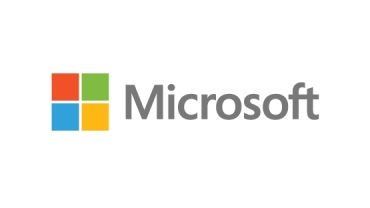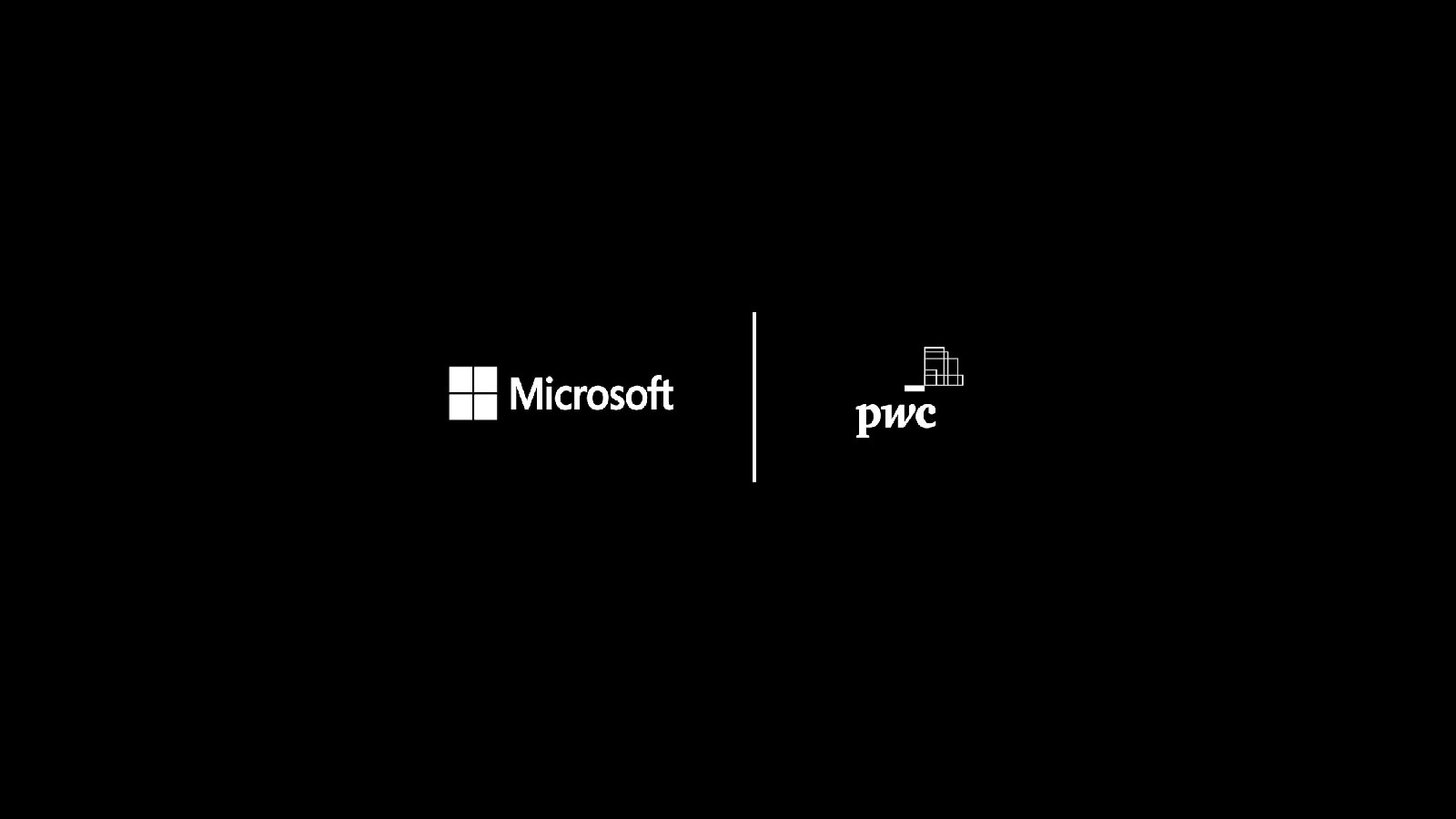
Building new apps quickly, while staying fully in control
How the public sector can safely embrace low code app development


A world of apps and opportunity.
Delivering on the demand with low code
Now that online service delivery is expected by default, the big challenge for many organisations is how to practically deliver all the apps that people want.
"In 2015, Gartner estimated that demand for apps was growing five times faster than the capacity of IT teams to build them."
Gartner
"What’s more, 86% of organisations find it hard to recruit technical talent."
indeed
IT backlogs – unblocked
To meet this supply and demand challenge, there has been a big rise in the use of low code application platforms (LCAPs) – which allow apps to be developed by anyone, not just professional IT developers.
There are many of these solutions now available, and appetite is growing. For example, in the enterprise space, Gartner predicts that 50% of medium to large organisations will have an LCAP in place by 2023.
LCAP explained
A simple way for anyone to build apps, using intuitive tools and a drag-and-drop interface – no coding expertise needed:
- Design on a blank canvas or use pre-built templates
- Connect to hundreds of different data sources
- Customise apps with forms, lists, drop-down menus and tutorials
- Launch apps quickly, then update and improve them on a continual basis
Health warning!
There are huge benefits of low code apps – but don’t let them get out of control
When you implement an LCAP for your organisation, you can quickly launch hundreds of apps to digitise more of your services and processes. Passionate, creative and innovative people will spot new opportunities to simplify how they work and to serve citizens in smarter ways.
However, there are potential downsides. As many sectors have discovered with trends like Shadow IT and BYOD, giving people more freedom over how they use technology can create entirely new burdens for the IT department.
Innovation – at speed
Low code app development allows organisations to be far more agile and responsive to changing customer and citizen expectations.
Individual departments can develop their own apps, at their own speed, without being reliant on IT budget and resources. In fact, it can help bring IT and service delivery teams closer together, where they work in partnership to enable rapid innovation.
Importantly, by creating apps on a recognised industry platform – like the Microsoft Power Platform – you also benefit from regular updates and new developments. This helps cut in-house development costs, as you can leverage the ongoing research and investment that goes into the platform itself.
Our Centre of Excellence (CoE)
The PwC Center of Excellence (CoE) is a collection of best practices and methodologies designed to help you get the most out of your Power Platform investment.
Everyone’s platform for low code transformation
With Power Platform, everyone is empowered to build scalable digital solutions with familiar Microsoft tools – regardless of their technical skills.
- Use Power Apps to rapidly create web and mobile experiences using a drag-and-drop interface
- Build once and deploy apps in one click across iOS, Android, Windows and the web
- Customise every detail of an app to optimise for specific tasks, roles and industries
- Enable pro developers to create reusable components they can share with citizen developers
- Connect to data using pre-built or custom connectors
- Expand and improve business processes with integrated RPA workflows
- Send automatic reminders for past due tasks
- Move business data between systems on a schedule
- Connect to over 370 other data sources or any publicly available API
- Create a flow once and enable makers to use it across the Power Platform
- Enable everyone to create real-time dashboards and interactive reports using low-code tools and prebuilt formats
- Empower end-users to explore and personalise visuals based on their unique needs
- Add dynamic, interactive narratives to reports with the flexibility to edit language and format
- Create powerful chatbots, without the need for code or AI expertise
- Integrate chatbots with the products and services you use every day
- Look up records, personalise conversations, hand off conversations to live agents and call APIs
- Choose from hundreds of pre-built connectors, build custom Power Automate workflows and create complex scenarios with Microsoft Bot Framework
- Monitor and improve your chatbot’s performance using AI and data-driven insights
- Built-in connectivity to 350+ cloud services, content services, databases, APIs, etc.
- Seamless hybrid connectivity to on-premises systems via the on-premises data gateway.
- Develop and register custom connectors as a building block for citizen developers.
- Connect data silos by using multiple data sources in a single application.
- Connect data silos by using multiple data sources in a single application.
- Use the power of Azure AI to create low code AI solutions on the Power Platform
- Automate tasks and predict outcomes without having to involve data scientists
- Access data from Azure Data Lakes thanks to native integration with Common Data Service
- Leverage predictions directly from Common Data Service across your Power Platform solutions

Why work with us
PwC has successfully delivered over
50+ PwC- solution offerings built on Microsoft technology
- Microsoft certified experts resources globally with over 250 based out of the Middle East
- organisations are using the Microsoft Power Platform every month
- Leader, IDC Marketscape, worldwide cloud professional services - 2020
- Leader: Forrester Wave Microsoft Dynamics 365 Services 2019 report
- Major player: Worldwide Microsoft Implementation Services 2019 in the IDC MarketScape
PwC in action
Vaccine management has been the top healthcare priority across the globe in 2021.
With entire populations to coordinate, it’s been the biggest vaccination programme in history. It’s a complicated process. One that requires more coordination, project management and analysis than governments and healthcare systems can manage.
Which is where PwC and Microsoft come in – with vaccine management looked after by PwC and tech background support controlled by Microsoft.
Working together, they've been able to get vaccine programmes up and running in a number of countries; keeping a record of who has been vaccinated and making sure patients are seen safely.
Real-time reporting and better monitoring has allowed for faster response times. Programmes have been able to quickly adapt to new variants and any changing circumstances.
Utilising Microsoft’s familiar tools, and combining them with simple integration points, has also meant that there has been minimal need for upskilling teams.A vital asset when health care services are working around the clock to keep people safe.
PwC used the Power Platform to build our complex Profitability Estimator and Tracker. Designed to replace a macro-based Excel sheet, it has drastically reduced the number of steps required to price new projects and track quotes through internal systems.
The new microsite portal allows colleagues and customers to collaborate across estimates and requires no software-specific expertise.
The new Profitability Estimator and Tracker is based on an existing Microsoft Dataverse framework, allowing PwC to:
- Build and deploy the new platform based on out-of-the-box common tables, extended attributes, semantic meanings, and an open ecosystem.
- Scale applications based on demand, to improve efficiency and reduce costs.
- Use built-in business logic and rules to identify and resolve duplicated or conflicting data.
- Rely on a trusted platform – with advanced encryption, rich access control, and deep integration with Azure Active Directory.
Power Platforms low code development process means it can be supported by non-developers. Saving time and money, and freeing skilled resource for other tasks.




